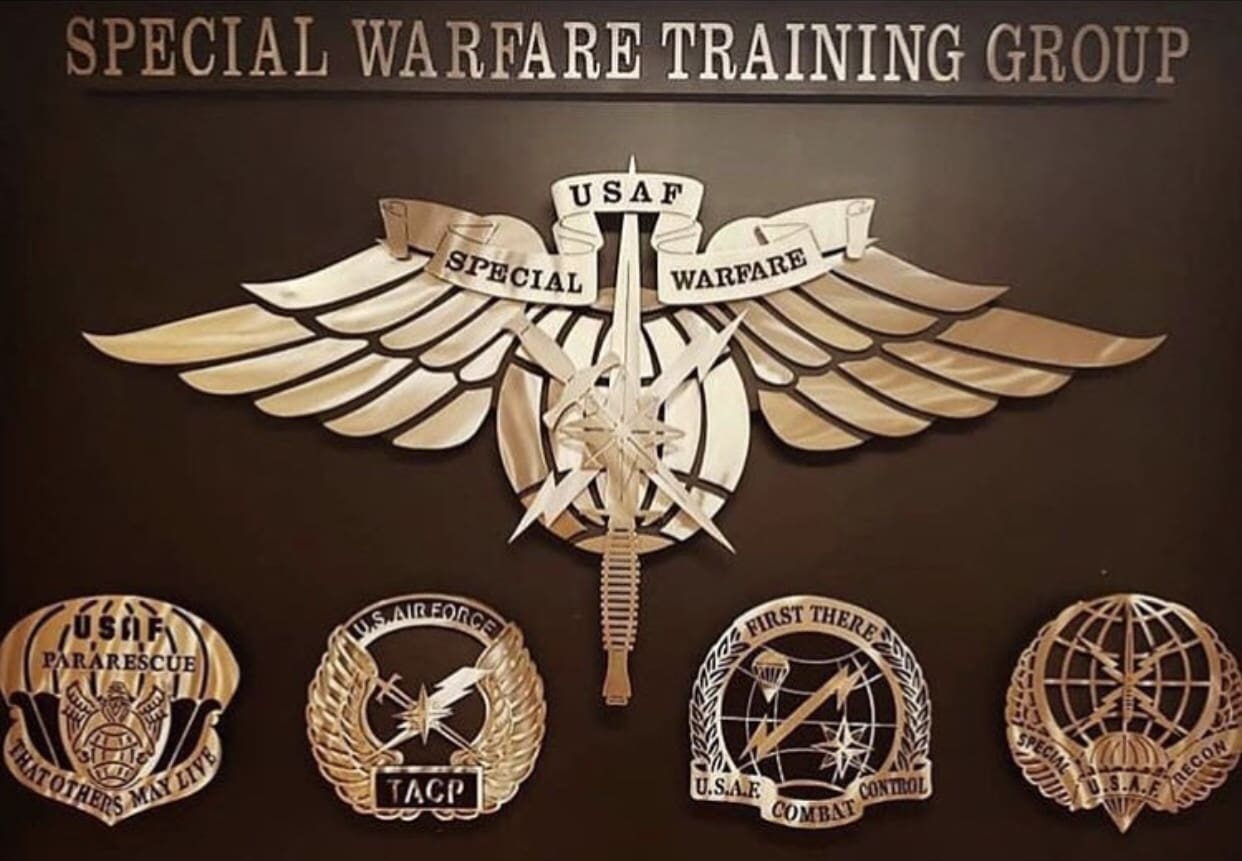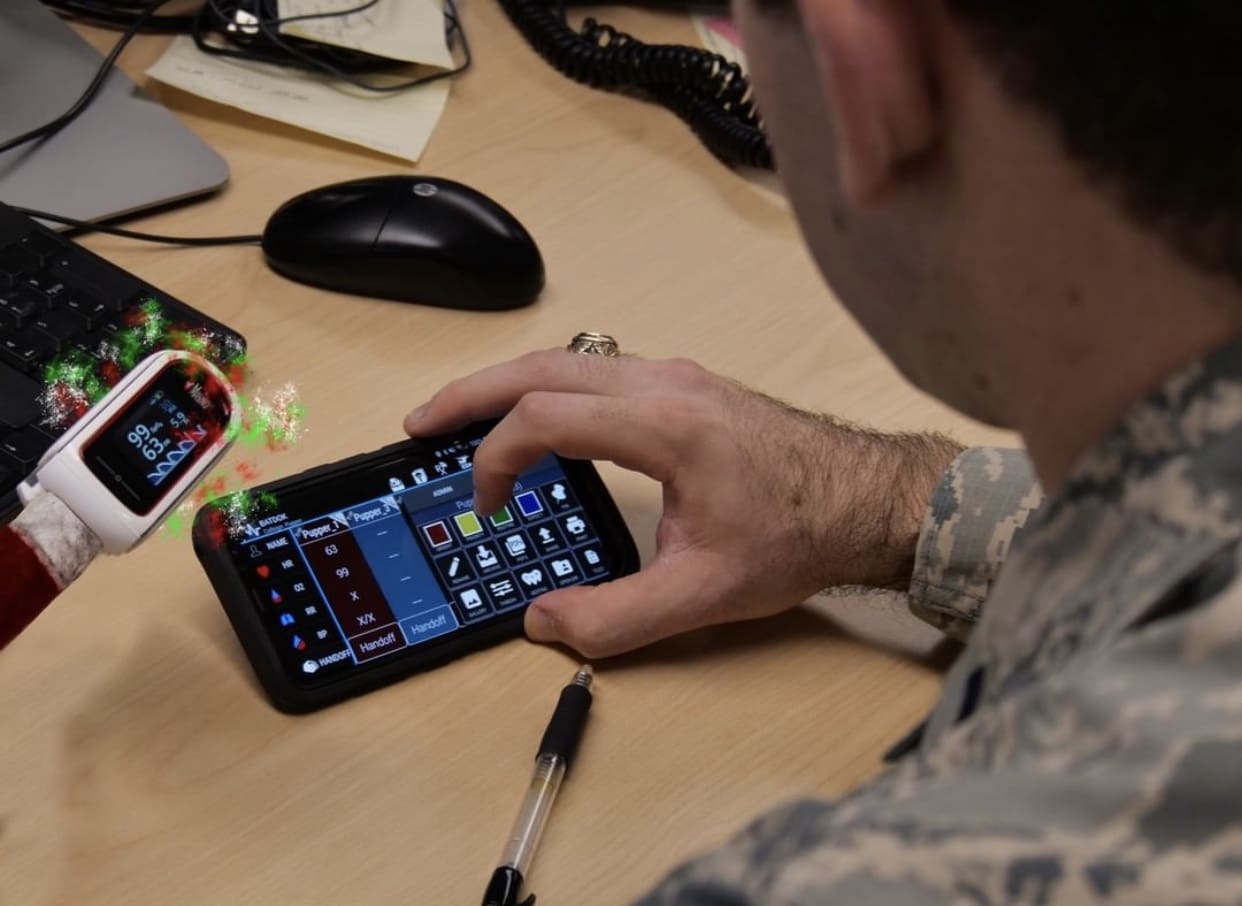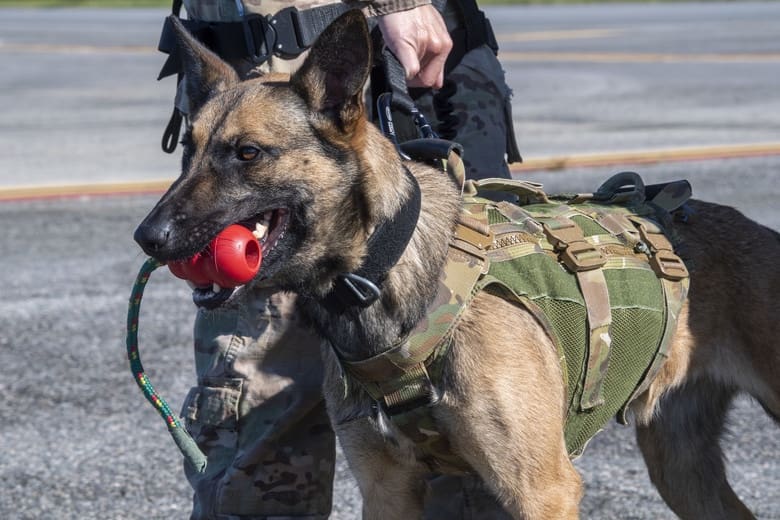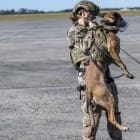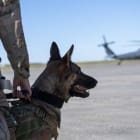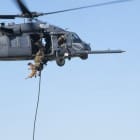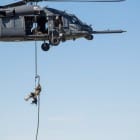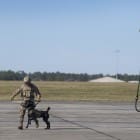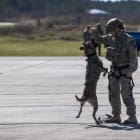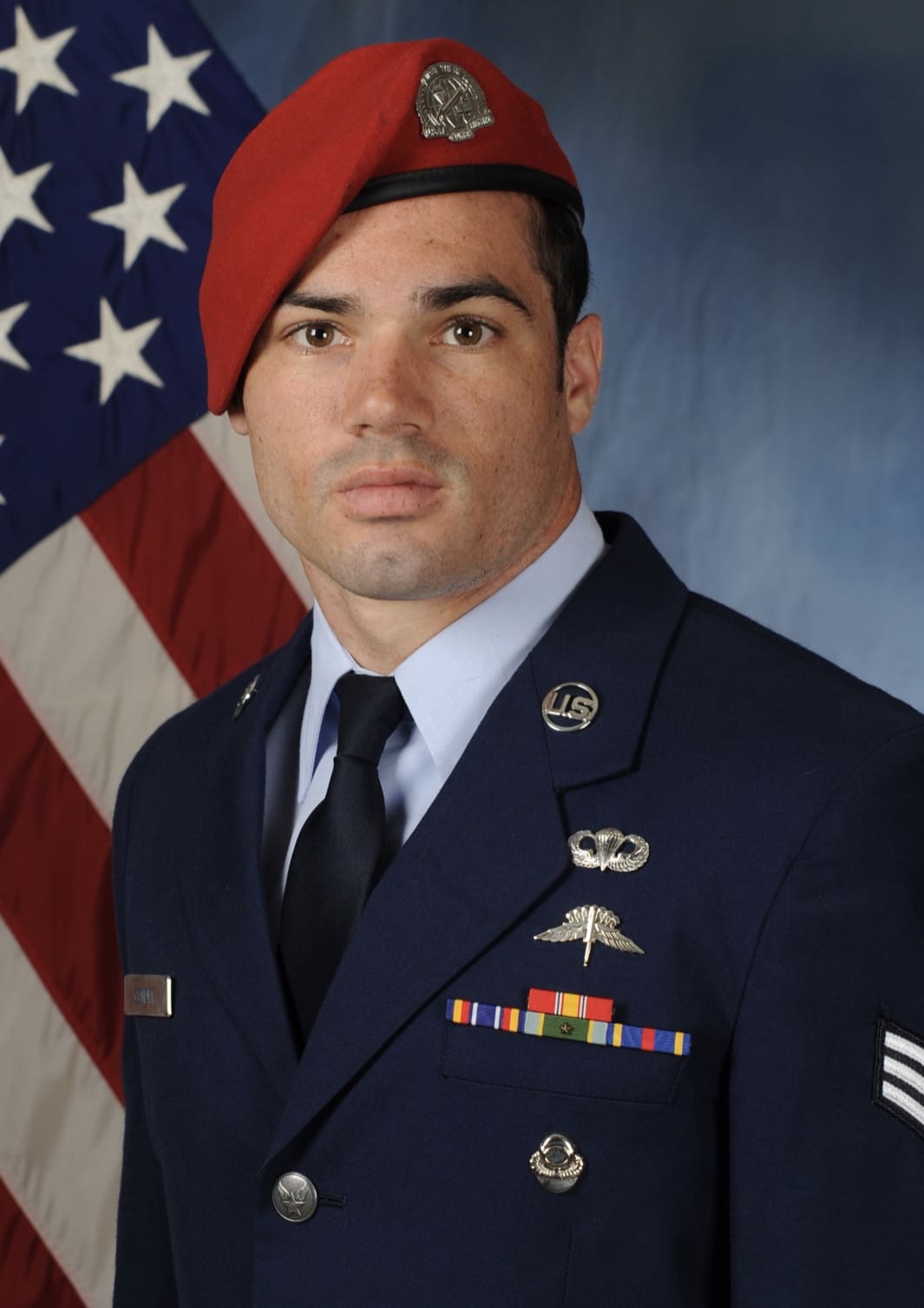MOODY AIR FORCE BASE, Ga. —
Seven teams of combat weather Airmen competed in Thunder Challenge 2023 at Fort Liberty, North Carolina, Oct. 15-17, 2023.
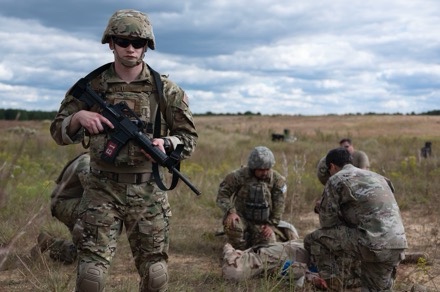
Thunder Challenge is an annual competition between combat weather Airmen which tests their core weather competencies and battlefield skills to analyze readiness and share best practices throughout the career field. Units from the 5th Combat Weather Group, 1st Combat Weather Squadron, 7th Combat Weather Squadron, 607th CWS and 23d Special Operations Weather Squadron competed in the event.
“Getting together with other combat weather squadrons, learning from them and sharing best practices is critically important,” said Lt. Col. Tyler West, 7th Combat Weather Squadron commander headquartered in Wiesbaden, Germany. “Overall, it’s going to contribute to more combat-ready forces, starting with the teams that competed here and then spreading across the entire community as competitors take the capabilities and drive gained here back to their units.”
During the challenge, competitors manually forecasted weather, operated tactical weather sensing equipment, provided weather impacts in a simulated chemical attack, completed weather knowledge tests, reacted to simulated enemy small arms and explosives attacks, performed base defense, conducted tactical combat casualty care, navigated through forests, conducted a 10-kilometer weighted ruck and completed a course of fire after exercising in gas masks and body armor.
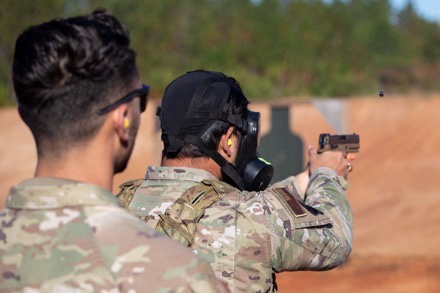
“This is a way for them to really improve their readiness as it requires them to complete these key tasks while under high pressure. We don’t want the first time they do these tasks under that pressure to be when they’re in combat,” said West. “We never know exactly when we’re going to be called upon, so we need everyone to be ready at all times.”
Evaluators aimed to create a high-pressure environment to recreate stressors these Airmen may experience in operational scenarios.
“Having seen these Airmen in the fight today, and the sheer willpower and warrior spirit these Airmen displayed was absolutely phenomenal,” said Col. Patrick Williams, Headquarters Air Force Director of Weather. “It really shows that these guys can do the mission, and I’m proud to call these Airmen warriors.”
Throughout the exercise, senior leaders conducted career field discussions to strategize how to best operationalize weather forces to create battlefield advantages.
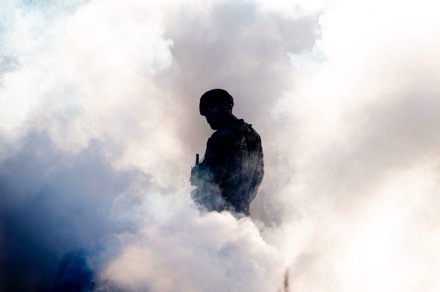
“We looked at how we gain opportunities and shape the battlespace to create opportunities for our forces,” Williams said. “Weather operators can forecast the weather to create precision out of chaos, and they soften the battlespace for superiority of all sorts.”
Tech. Sgt. Brandon Hutchinson, Staff Sgt. Hunter Haggerty and Staff Sgt. Nicholas Schlabach from the 23rd SOWS took first place in the competition and will receive an Air Force Achievement Medal for their accomplishment.
“It’s really an honor for us to come here to Fort Liberty and get to participate with all the combat weather teams across the Air Force and showcase our skills and training,” Schlabach said. “We have people coming from around the world here to compete against each other, it really showcases that all our units are training toward the accomplishment of being a combat-ready Airman.”
By 1st Lt Christian Little, Combat Weather



